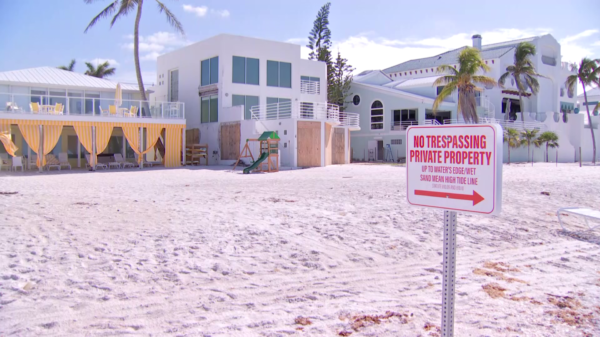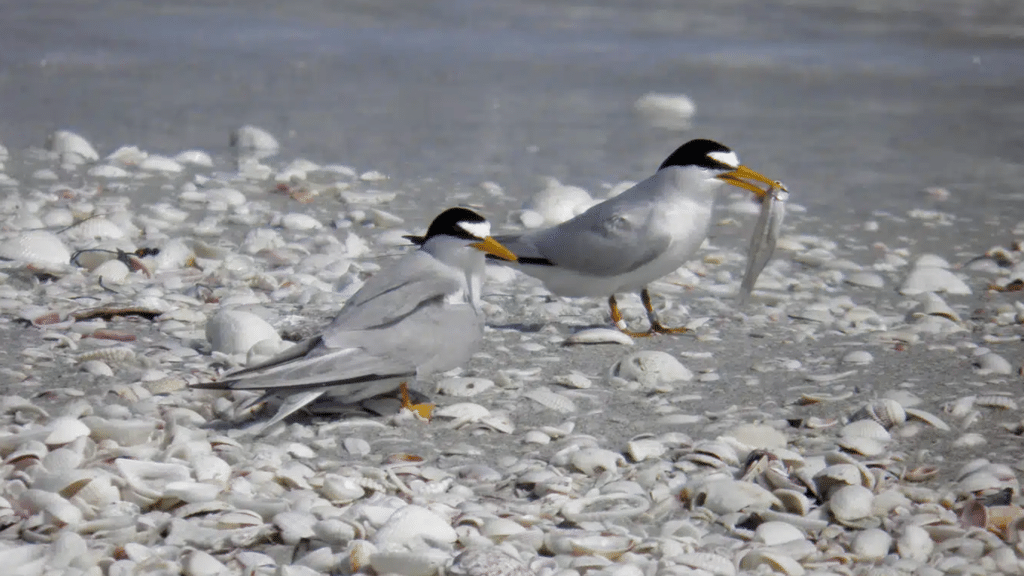Birds Nesting on Sanibel Causeway for the First Time in 30 Years
Sanibel Causeway, a scenic bridge connecting mainland Florida to the barrier islands of Sanibel and Captiva, has long been cherished for its pristine beaches and abundant wildlife. Over the past three decades, however, a notable absence of nesting birds on this causeway has left bird enthusiasts wondering what might be the cause. But in a recent turn of events, an unexpected and exciting phenomenon has occurred – birds have returned to nest on the Sanibel Causeway after an absence of 30 years.
A Symbol of Hope and Ecological Restoration
The return of nesting birds to Sanibel Causeway has brought a renewed sense of hope and ecological restoration to the area. For years, the causeway had been devoid of nesting activity, with experts speculating that changes in the environment and human interference could be the main culprits. However, recent efforts to preserve and restore natural habitats in the region seem to have paid off, attracting a diverse array of bird species to once again call the causeway their home.
The Resurgence of Nesting Activity
Local birdwatchers and researchers have been astonished to witness the resurgence of nesting activity on the Sanibel Causeway. Previously unseen bird species, such as the colorful Roseate Spoonbills and the regal American White Pelicans, have been observed building nests and rearing their young. This unexpected phenomenon has sparked a sense of wonder and fascination among both residents and visitors alike.
Factors Contributing to the Return
Several factors are believed to have contributed to the return of nesting birds on Sanibel Causeway. One major factor is the successful restoration of coastal habitats, such as mangroves and sand dunes, which provide ideal nesting grounds for various bird species. Additionally, improved regulations and heightened public awareness regarding the preservation of wildlife have played a crucial role in allowing birds to reclaim their nesting sites without interference.
The Importance of Bird Nesting Activity
Bird nesting activity is not only a mesmerizing spectacle for birdwatchers, but it also holds great ecological significance. Nesting plays a crucial role in the survival and reproduction of bird species, contributing to the overall health and diversity of ecosystems. By nesting on the Sanibel Causeway, birds are proving that the area can once again sustain and support their populations, indicating a positive trend in environmental restoration.
The Fragile Balance of Ecosystems
For decades, the disappearance of nesting birds on the Sanibel Causeway has showcased the delicate balance of ecosystems and how human interference can disrupt it. Through the birds’ return, we are reminded of the resilience of nature when given the opportunity to rebound. Their presence serves as a powerful testimony to the importance of preserving and safeguarding the habitats that support these magnificent creatures.
The Educational Value of Nesting Birds
Bird nesting also holds immense educational value. The return of nesting activity on the Sanibel Causeway provides a unique opportunity for researchers, educators, and the general public to study and learn more about the behavior, biology, and conservation needs of various bird species. This firsthand experience can foster a greater appreciation for the natural world and inspire individuals to take an active role in protecting and preserving ecosystems for future generations.
Conclusion
The return of nesting birds to Sanibel Causeway after a 30-year absence marks a significant milestone in the ecological restoration of the area. Through a combination of habitat restoration efforts and increased awareness of wildlife conservation, the causeway has once again become a haven for nesting bird species. This extraordinary phenomenon not only symbolizes the resilience of nature but also highlights the importance of human actions in nurturing and preserving fragile ecosystems. As visitors and locals alike flock to witness this remarkable sight, it serves as a reminder that our commitment to environmental stewardship can yield exceptional results.




































